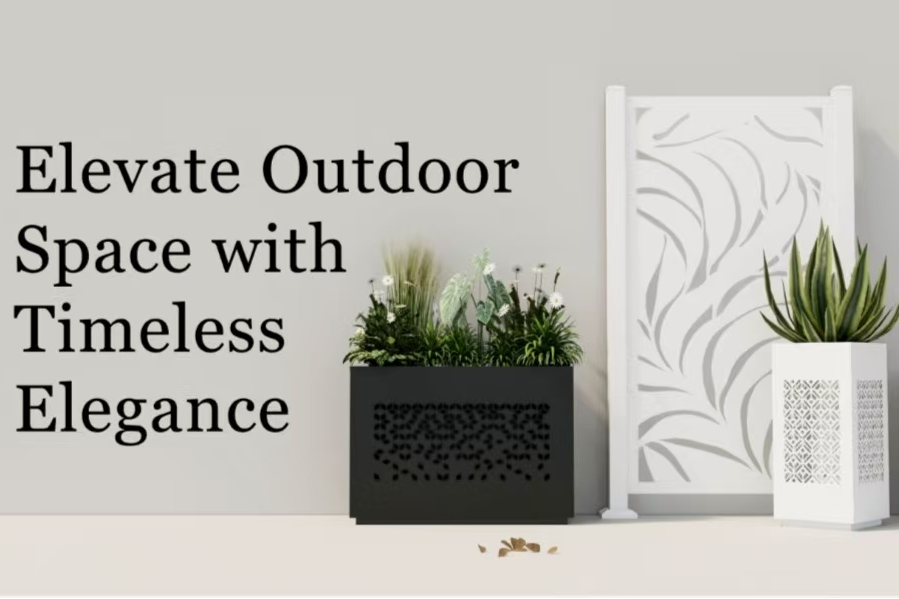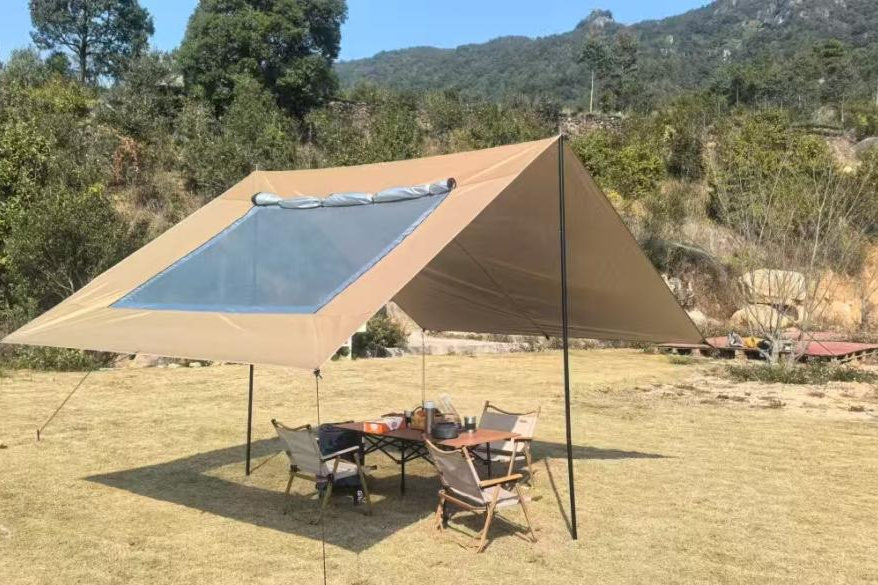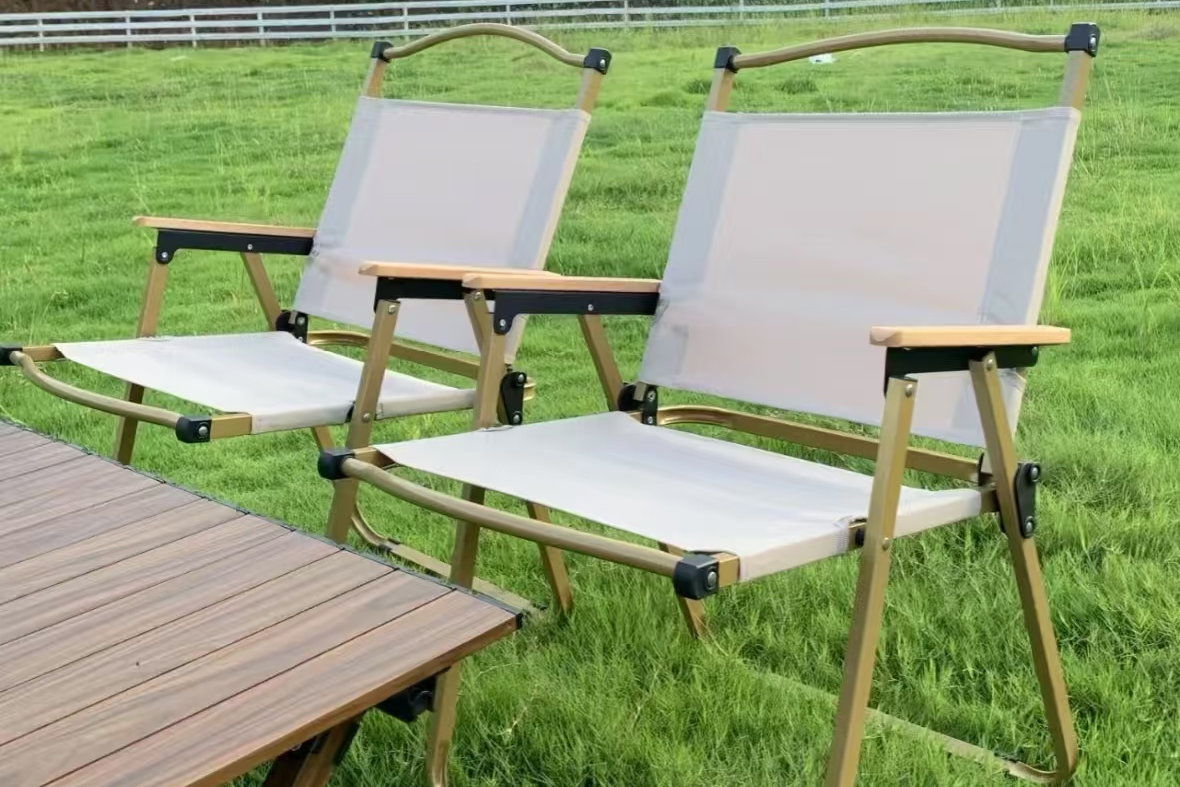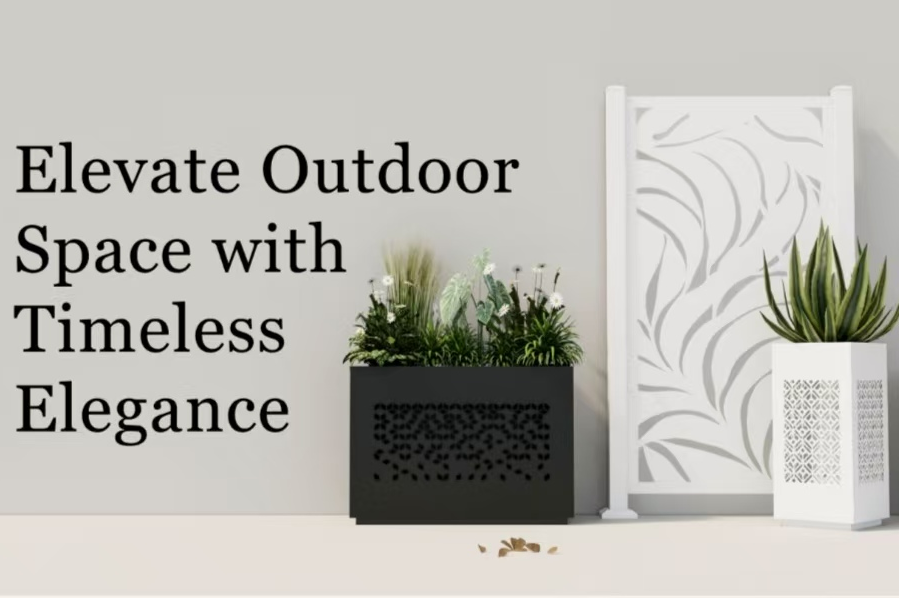
Folding Room FAQ: Everything You Need to Know About Portable Living Spaces
2025-08-27
Why Folding Rooms Are Gaining Popularity
In recent years, folding rooms—also known as portable modular rooms or collapsible houses—have become increasingly popular. They offer a flexible solution for temporary housing, office space, disaster relief shelters, construction sites, or even travel accommodations. Many businesses and individuals search for questions like “what is a folding room” or “are folding houses durable.” This FAQ guide answers the most common questions about folding rooms, helping you understand their benefits, features, and sourcing options.
1. What Is a Folding Room?
A folding room is a prefabricated modular structure that can be collapsed for transport and then expanded into a fully functional room. It typically includes:
-
Steel frame for durability
-
Insulated panels for temperature control
-
Foldable design for easy shipping and installation
These rooms are widely used in construction sites, emergency housing, military bases, and outdoor events.
2. How Durable Are Folding Rooms?
Durability is one of the most important concerns. High-quality folding rooms are designed with:
-
Galvanized steel or powder-coated steel frames
-
Fire-resistant, waterproof, and insulated wall panels
-
Anti-rust fittings for long-term outdoor use
With proper maintenance, a folding room can last 10–15 years or even longer.
3. Are Folding Rooms Weatherproof?
Yes, folding rooms are designed to handle different weather conditions:
-
Waterproof: Roof and wall panels resist rain and moisture.
-
Wind Resistant: Frames are engineered to withstand strong winds.
-
Temperature Control: Insulated panels help maintain comfortable indoor conditions in both hot and cold climates.
This makes them ideal for remote areas, construction zones, or emergency shelters.
4. How Easy Is It to Install a Folding Room?
Folding rooms are designed for quick installation:
-
Most units can be set up in a few hours with basic tools.
-
No heavy construction equipment is usually required.
-
Prefabricated connections make the process straightforward.
This is why folding rooms are popular for temporary housing projects and emergency response scenarios.
5. What Are the Common Uses of Folding Rooms?
Folding rooms are versatile and can serve multiple purposes:
-
Temporary Housing: For workers, students, or displaced families.
-
Mobile Offices: At construction sites or remote projects.
-
Disaster Relief: Emergency shelters after earthquakes, floods, or hurricanes.
-
Tourism & Camping: Glamping resorts or outdoor accommodations.
-
Commercial Use: Trade show booths, temporary shops, or storage units.
Their adaptability makes them an efficient solution for many industries.
6. Can Folding Rooms Be Customized?
Yes, customization is widely available. Manufacturers can provide:
-
Specific sizes and layouts
-
Added insulation for extreme climates
-
Electrical wiring and plumbing systems
-
Branding for commercial or event purposes
Chinese suppliers are known for offering flexible OEM/ODM services, which allow businesses to tailor folding rooms for different markets.
7. How Do Folding Rooms Compare to Traditional Buildings?
-
Cost: Folding rooms are much cheaper than permanent construction.
-
Time: Setup takes hours or days instead of weeks or months.
-
Mobility: Folding rooms can be disassembled, moved, and reused.
-
Durability: While not as permanent as concrete, they provide excellent durability for temporary needs.
This makes them a cost-effective alternative for short- or medium-term usage.
8. How Much Space Does a Folding Room Provide?
Standard folding rooms often measure around 20–40 square meters, but sizes vary. Multiple units can be connected to create larger spaces, such as dormitories, offices, or multi-room complexes.
For example, combining 4–6 folding rooms can create a fully functional field office or living quarters.
9. How Much Does a Folding Room Cost?
Costs depend on size, materials, and features:
-
Basic units: $2000–$4000 per room
-
Medium units with insulation & wiring: $5000–$8000
-
Customized or large models: $10,000+
Sourcing directly from manufacturers, especially in China, can reduce costs significantly for bulk orders.
10. Are Folding Rooms Eco-Friendly?
Yes, many folding rooms are built with sustainability in mind:
-
Materials are recyclable (steel, insulated panels).
-
Reusable design reduces construction waste.
-
Energy-efficient insulation lowers heating and cooling needs.
This makes them an environmentally conscious choice compared to temporary wooden or plastic shelters.
11. Why Source Folding Rooms from China?
China has become a global leader in prefabricated modular housing. Advantages include:
-
Competitive pricing for bulk purchases
-
Wide product range from basic models to advanced custom units
-
OEM/ODM support for business branding and design needs
-
Strong production capacity to meet urgent large-scale demands
Many international companies partner with Chinese manufacturers for disaster relief projects, construction housing, and event solutions.
Folding rooms offer flexibility, affordability, and durability for various applications—from temporary housing to commercial use. With easy installation, weather resistance, and customization options, they provide an efficient alternative to traditional construction. Partnering with experienced manufacturers ensures that businesses and organizations can source high-quality folding rooms tailored to their needs.
Recent Posts

2025-11-05
Can Planting Boxes Be Used Indoors?





